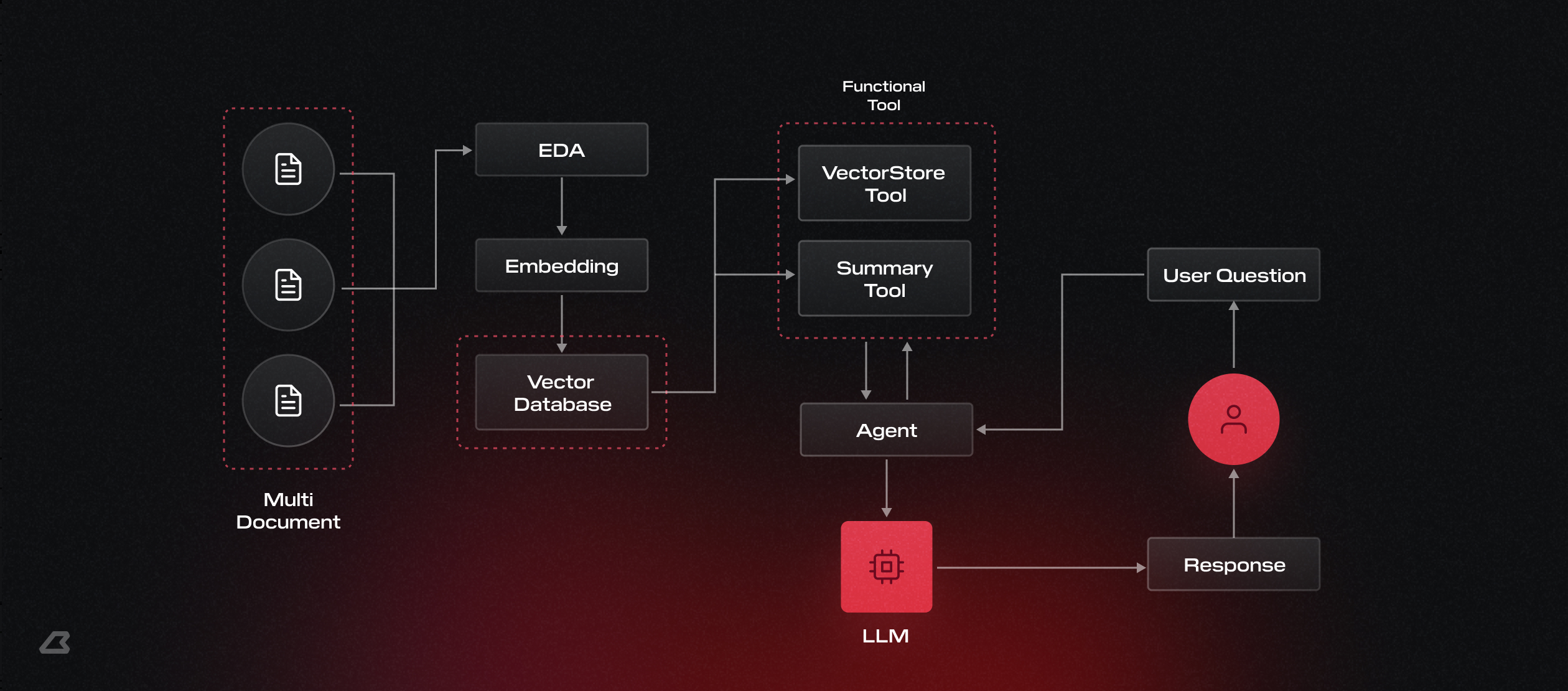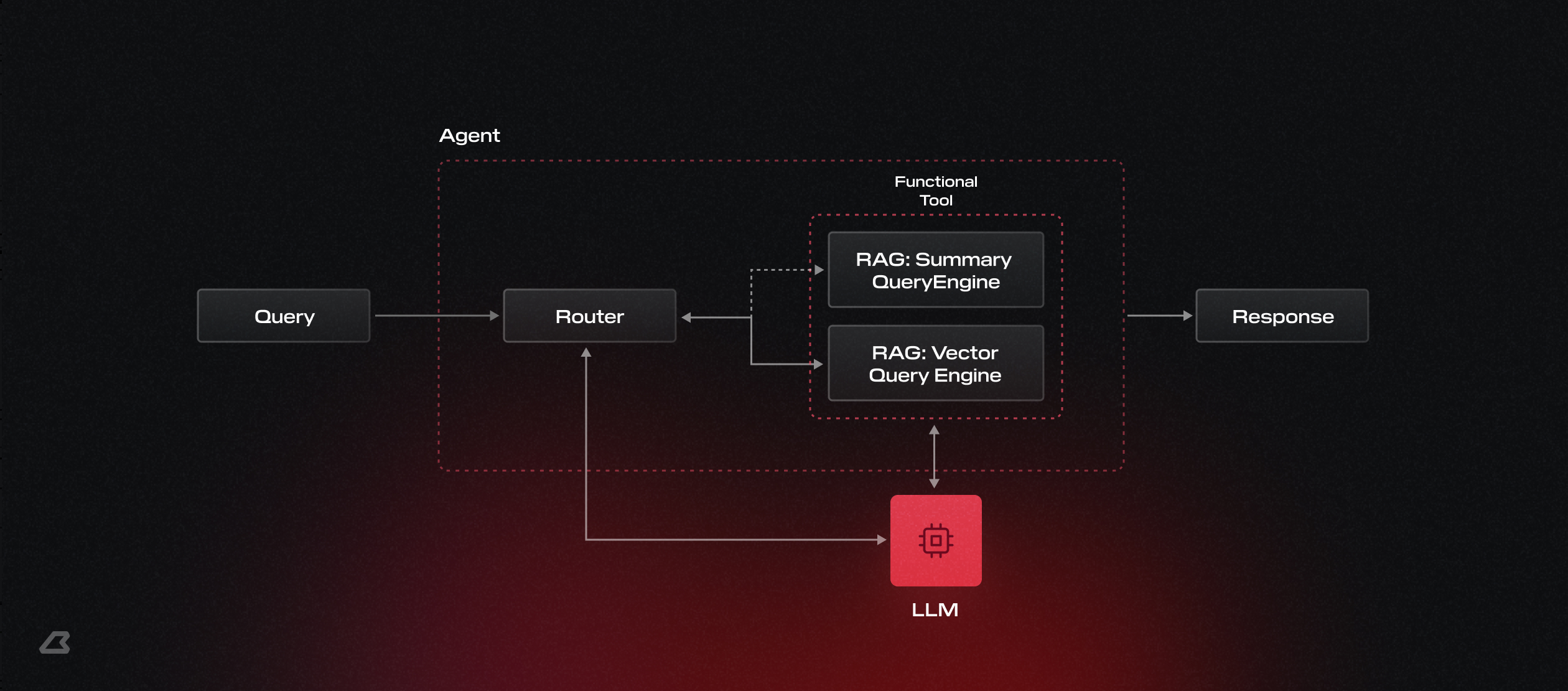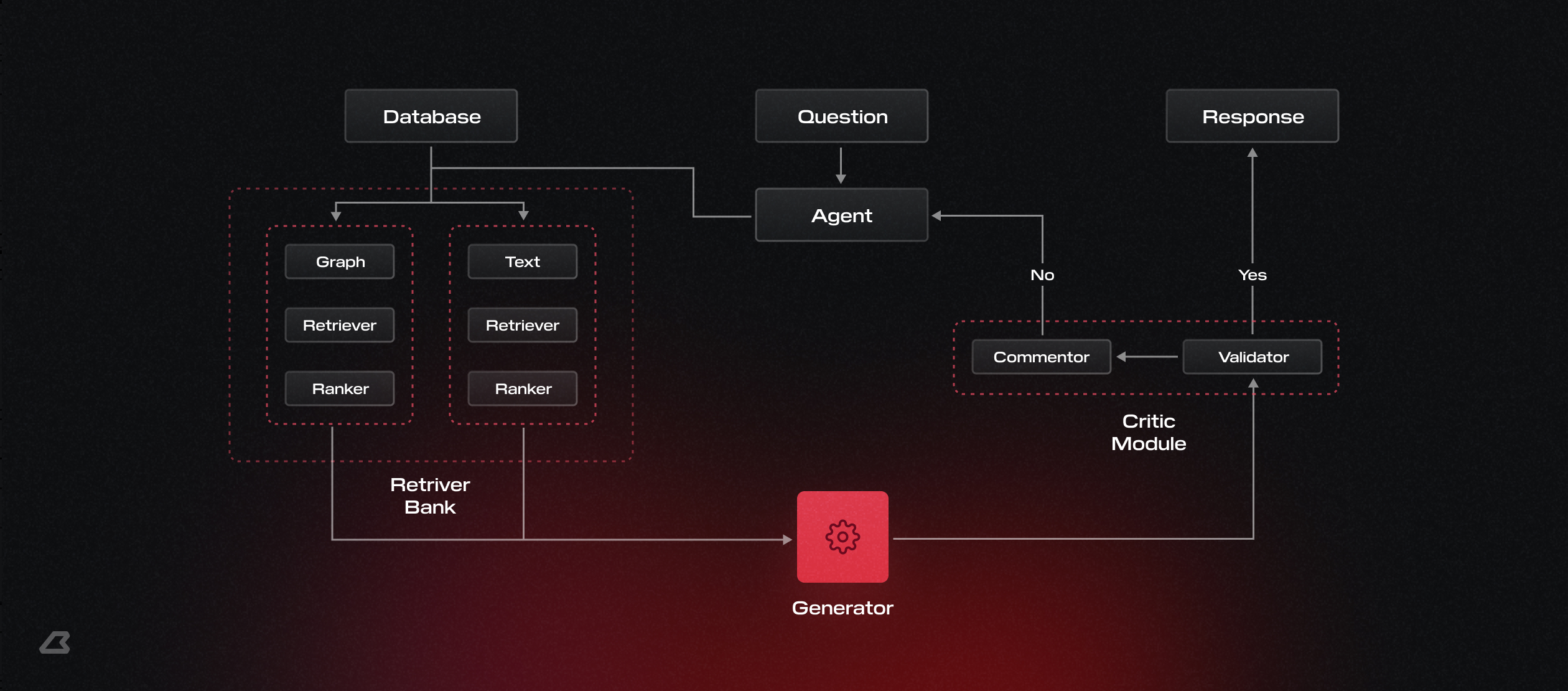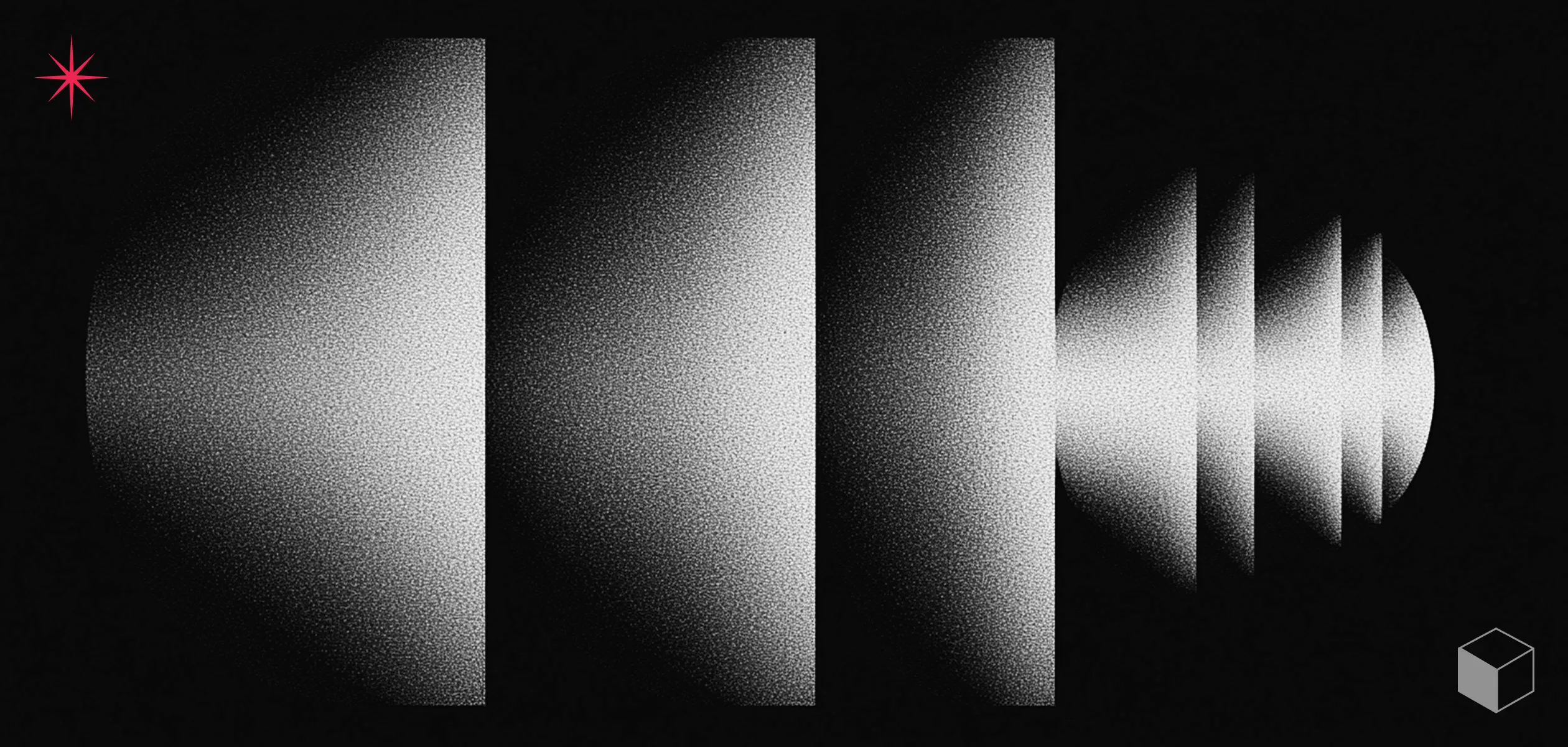What Is Agentic RAG And Why Everyone’s Talking About It?
AI is no longer just about getting the right answer; it’s about how we get there. In recent years, the explosion of large language models (LLMs) and scalable neural networks has opened the door to more interactive, intelligent, and context-aware applications. But even with all the power of ChatGPT or Claude, there’s a catch: traditional systems tend to provide answers in a single step. What happens when a query requires a series of steps, validations, or context from multiple sources?
This is where Agentic RAG – Agentic Retrieval-Augmented Generation steps in. A natural evolution of the standard RAG approach, it brings autonomy, multi-step reasoning, and tool usage into the equation. It’s not a framework but an approach that redefines how we think about information retrieval in AI systems.
“The appearance of powerful LLMs and universal communication frameworks allowed us to create AI agents with ease,” says David Alami, PhD in Technical Sciences and AI Engineer at Busy Rebel. “Conventional RAG has numerous limitations – it struggles with tasks that require multi-step logic and deeper reasoning. That’s exactly where Agentic RAG excels.”
David shared his perspective on how Agentic RAG is reshaping the way we build smarter AI systems. Based on his input, today we’re diving into:
- The evolution from standard RAG to Agentic RAG
- What makes Agentic RAG tick
- Real-life use cases
- How to get started with practical tools and tutorials
Let’s dive in.
The Evolution From RAG to Agentic RAG
Traditional RAG systems were a breakthrough for AI. By combining a retriever (to fetch relevant documents) and a generator (to formulate answers), they extended LLM capabilities beyond the model’s internal training. But the process is inherently one-shot – the system retrieves once and generates once. No backtracking. No corrections.
This static logic works fine for straightforward queries. If you’re looking for a broader overview from an enterprise perspective, LeewayHertz offers a helpful explainer on Agentic RAG. Still, one-time search without multistage refinement and reasoning often leads to hallucinations and reduces the accuracy of the final output.

A simplified view of Agentic RAG in action – from multi-document embedding to autonomous agent response flow.
Agentic RAG introduces a new paradigm of autonomous agents that can plan, reflect, and refine. Instead of passively retrieving and generating, these agents actively break down tasks into sub-tasks, consult external tools or APIs, and iterate.
Mechanisms that enable this leap include:
- Multi-step planning
- Sub-query execution
- Looping with feedback and reflection
Planning and execution of multiple steps, splitting of complex queries into subqueries and their independent execution – that’s what takes us beyond one-shot generation.
Inside Agentic RAG – Core Components
1. The Planner Agent
This component serves as the brain of the system. It breaks down complex questions into manageable subtasks, prioritizes them, and guides the system through logical steps.
The agent-planner creates a step-by-step execution plan of the user’s query. It allows us to generate more accurate answers by splitting complex concepts and then merging the results.
2. Enhanced Retriever
Rather than a static database search, the retriever in Agentic RAG works with context-awareness and dynamic feedback from previous steps. It retrieves information that is relevant to the current step, not just the initial query.
3. Toolset & Chaining
Agentic systems can call APIs, run code, do math, fetch data – all depending on the use case. Chaining tools together creates powerful workflows that go beyond simple Q&A.
4. Memory Systems
Short-term and long-term memory management are crucial for maintaining coherence and learning over time.We refer to IBM’s typology of memory in AI agents as a comprehensive foundation. All types of memory play a role here.
5. System Limitation
More complex systems have more points of failure. Also, interaction with external tools adds latency. While powerful, these systems must be carefully optimized.

Agentic RAG Architecture
Agentic RAG in Real Use
The theory sounds impressive, but how does Agentic RAG perform in real-world scenarios?
Let’s consider a use case from scientific research. Suppose an AI assistant is asked: “What are the latest findings on gene-editing techniques in rare diseases?” This is not a simple question. It requires:
- Scanning academic literature
- Filtering for recent data
- Summarizing findings from multiple sources
- Identifying contradictions or gaps

Agentic RAG in Action (process flow)
Answering complex scientific questions can be attained using Agentic RAG – analysis of multiple articles and formulating a comprehensive response.
Industries where this capability shows immense promise:
- Scientific research, where AI can help scan and make sense of complex academic materials across multiple sources
- Marketing, especially when it comes to pulling insights from competitive landscapes or generating tailored content
- Customer support, where it can assist with multi-step issues that require reasoning, not just scripted responses
How to Get Started with Agentic RAG
Getting started doesn’t mean reinventing the wheel. There’s already a lot out there to help you get started quickly and meaningfully, especially if you’re just exploring what Agentic RAG could do for your team or product.
Here are a few solid resources worth checking out:
Datacamp Agentic RAG Tutorial + Demo Project
A practical, beginner-friendly tutorial that walks you through building a working Agentic RAG pipeline. You’ll pull in local data, add some web scraping, and see how agents can create more context-aware responses. Great if you want to see something real, fast.
DeepLearning.AI – Agentic RAG with LlamaIndex
Led by Jerry Liu (LlamaIndex CEO), this mini-course focuses on how to build router and research agents that can reason over documents and generate accurate answers. It’s short, sharp, and explains not just the how, but the why.
Medium – Agentic RAG with LangChain
A well-written breakdown of using LangChain to create dynamic, decision-making agents. Covers everything from planning to chaining tools – especially useful if you’re exploring LangChain’s ecosystem.
Cohere Docs – Structured Agentic RAG
For teams working with structured data: this guide shows how to generate and execute SQL queries inside an agentic flow. Very practical for those dealing with databases and analytics-heavy workflows.
LangGraph – GitHub Tutorial
Want to build your own graph-style retriever agent from scratch? This GitHub tutorial digs deep into how to define agent states, set up workflows, and orchestrate a real Agentic RAG system. Ideal for developers comfortable with code.
The Advice:
- Formulate a clear problem definition
- Choose appropriate frameworks
- Prepare and index data sources
- Create agents of different specialties
- Iteratively test and improve
Common mistakes?
Lack of planning, wrong tools, and bad integrations.
Final Thoughts
Agentic RAG isn’t a silver bullet – but it is a major step toward more capable, autonomous, and human-like AI systems.
It will become more mature and efficient, improving the overall user experience. In complex scenarios, it will become the standard – while simple RAG will remain useful for more straightforward queries.
If you’re working in any field where your AI needs to think before it speaks, now’s the time to start experimenting with Agentic RAG.









